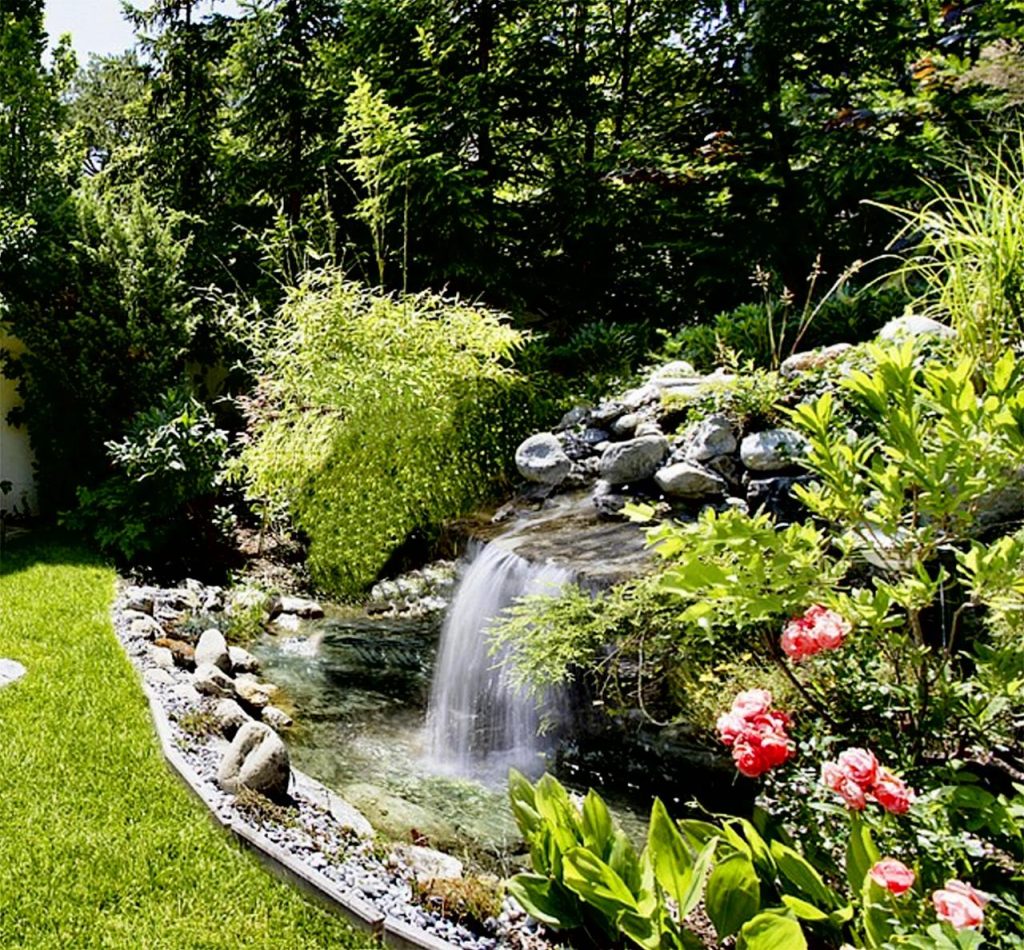
Harmony in Nature: Balancing Elements in Garden Design for Serenity and Beauty
A well-designed garden is like a symphony of nature, where every element comes together in perfect harmony. Creating a serene and beautiful garden involves balancing various components to create a tranquil and visually appealing outdoor space. In this article, we will explore the art of balancing elements in garden design to achieve a sense of harmony and create a peaceful retreat that connects us with nature.
- Balance of Softscape and Hardscape: A harmonious garden design strikes a balance between softscape and hardscape elements. Softscape refers to the living components such as plants, flowers, and trees, while hardscape includes non-living features like pathways, walls, and structures. Integrate both elements in a way that complements each other. For instance, a lush green lawn can be accentuated by well-placed stone pathways or a garden bench nestled among flowering shrubs. The contrast between the organic and structured elements creates a visually pleasing balance.
- Harmony of Colors: Color plays a vital role in garden design. Create harmony by selecting a cohesive color palette that complements the surrounding environment. Choose colors that evoke tranquility, such as soft pastels or cool blues and purples. Consider the blooming seasons of your plants and coordinate their colors to create a visually harmonious display throughout the year. Remember to balance bold and vibrant hues with softer tones to create a sense of equilibrium.
- Texture and Form: Introduce a variety of textures and forms in your garden to add depth and interest. Mix plants with different leaf shapes and textures, such as broad leaves paired with feathery foliage. Combine tall, upright plants with cascading or trailing varieties to create visual layers. The interplay of textures and forms adds dimension and richness to the garden, creating a harmonious and visually captivating environment.
- Symmetry and Asymmetry: Both symmetry and asymmetry have their place in garden design. Symmetry creates a sense of order and balance, while asymmetry adds an element of surprise and naturalness. Use symmetrical arrangements for formal garden areas, such as entrance pathways or flower beds. In more relaxed areas, embrace asymmetry by allowing plants to grow freely or creating meandering paths. The combination of both approaches creates a harmonious balance between structure and spontaneity.
- Rhythm and Flow: A well-designed garden has a sense of rhythm and flow that guides the eye through the space. Create pathways or stepping stones that lead visitors from one area to another, drawing them deeper into the garden. Use plants of varying heights and sizes to create visual movement and a sense of progression. Incorporate focal points, such as sculptures or water features, to anchor the design and provide resting points along the journey. The rhythm and flow of the garden design create a sense of serenity and exploration.
- Integration of Water and Sound: Water features can bring a sense of calm and tranquility to a garden. Incorporate water elements, such as ponds, fountains, or gentle streams, to create a soothing atmosphere. The sound of flowing water adds a meditative quality to the space, promoting relaxation and mindfulness. Integrate water features strategically to maintain balance and harmony within the overall design.
By embracing these principles of balance and harmony, you can create a garden that nurtures the soul and rejuvenates the spirit. Let nature be your guide as you design a space that celebrates the beauty and serenity of the natural world.
For further guidance and inspiration on achieving harmony in garden design, feel free to contact me at [email protected]. Together, we can create a garden that is a true reflection of your inner peace and connection to nature.